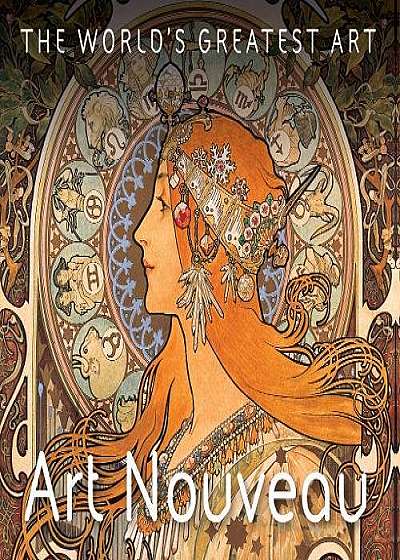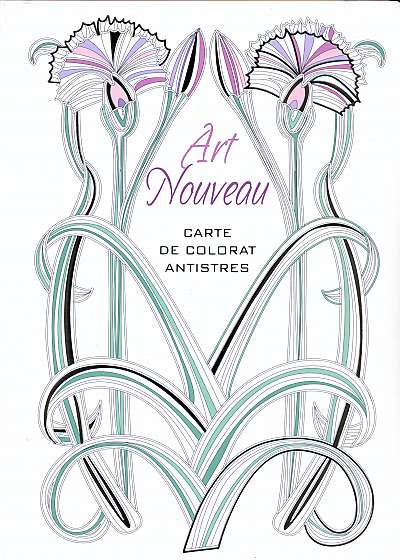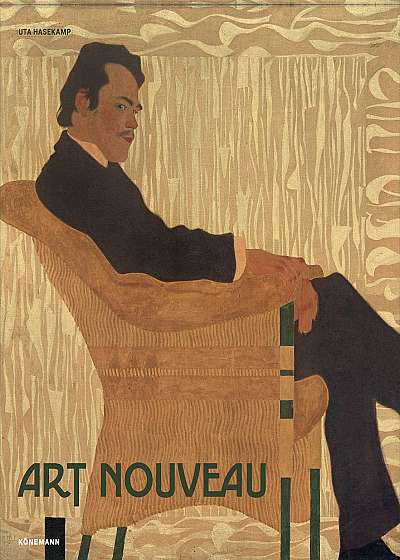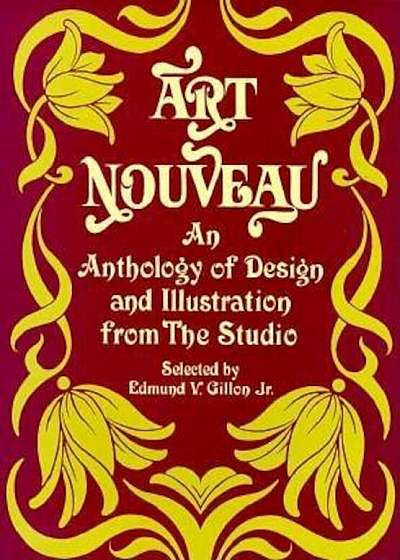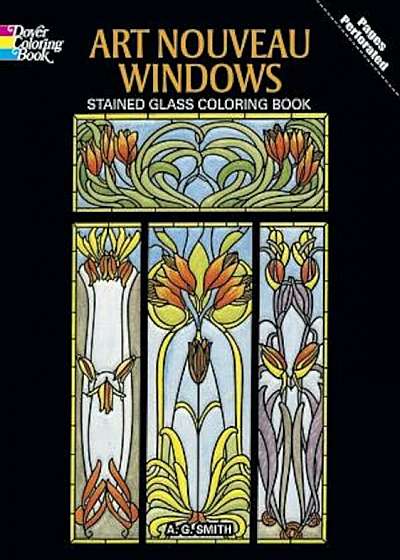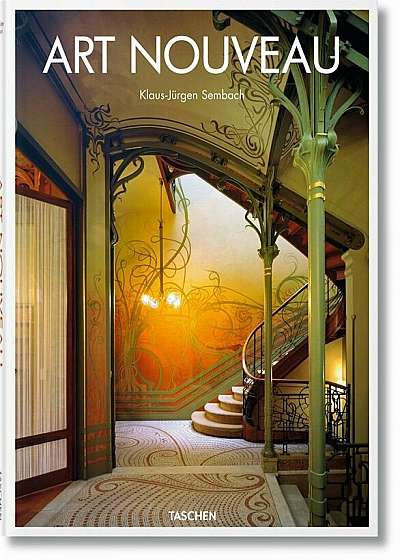
Art Nouveau
Descriere
Organic reform: Reactionary tendrils, flowers, and flowing lines For a fruitful period between the 1880s and the First World War, European and North American culture deferred to nature. With a symphony of flowing lines and organic shapes, Art Nouveau (“New Artâ€) inflected architecture, design, painting, graphic work, applied arts, and illustration. Art Nouveau was deliberately nouveau. With a spirit of willful reform, its practitioners sought to distance themselves from the imitative historicism that characterized much 19th-century art and replace it with undulating, decorative qualities. Turning to vine tendrils, flowering buds, and bird feathers as ornamental reference, they pursued not only a linear freedom but also liberation from the weight of artistic tradition and expectation. At the same time, Art Nouveau followed the example of the earlier English Aesthetic and Arts and Crafts movements to reject established hierarchies of artistic practice, to emphasize a return to handcraftsmanship, and to synthesize artistic media and practices into a Gesamtkunstwerk, or total work of art. In this, as in its turn to nature, Art Nouveau is often seen as an aesthetic response to the Industrial Revolution, a recoil from the mass-produced and mechanic, and an elevation of the human hand and wonders of the great outdoors.
